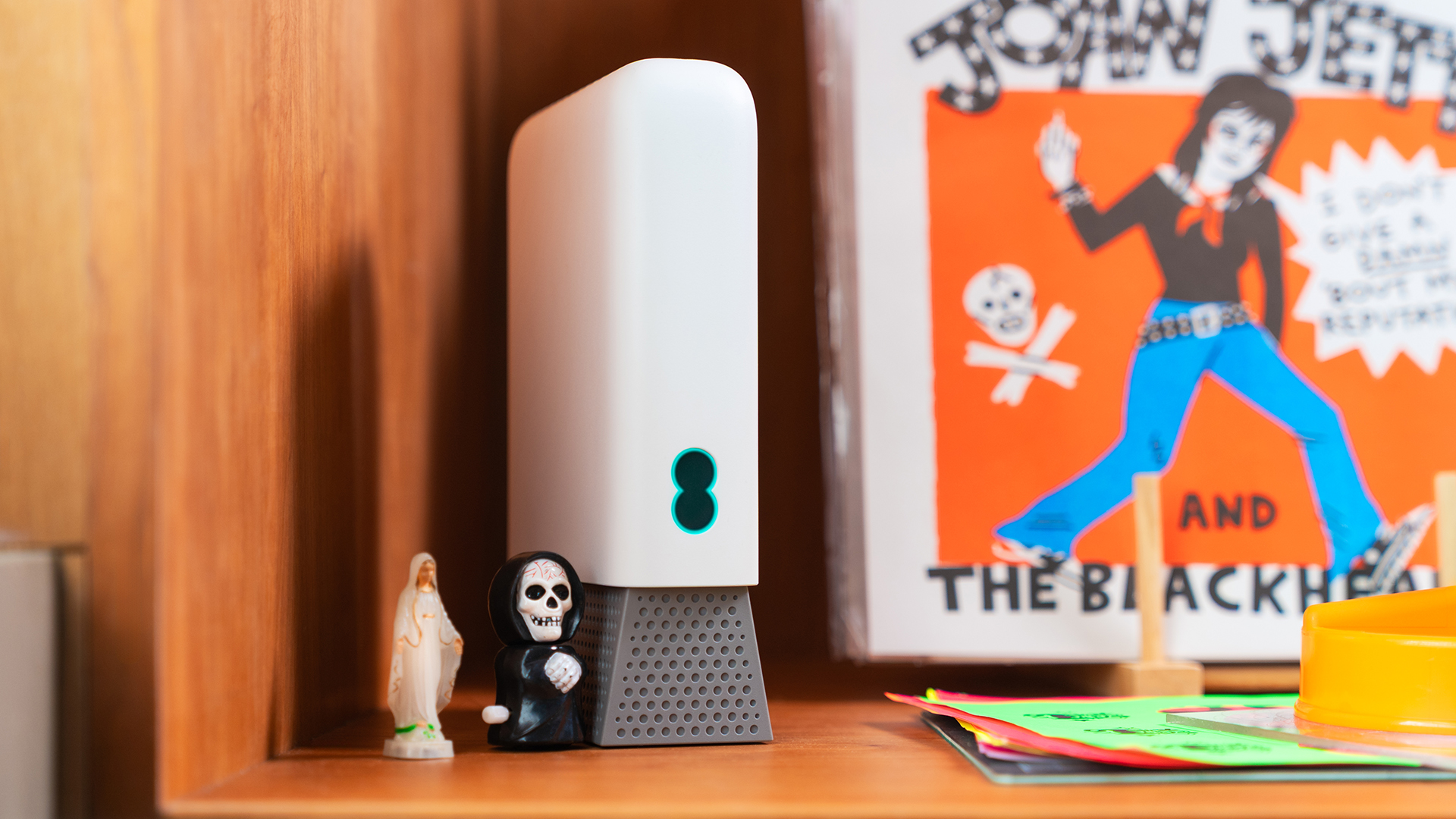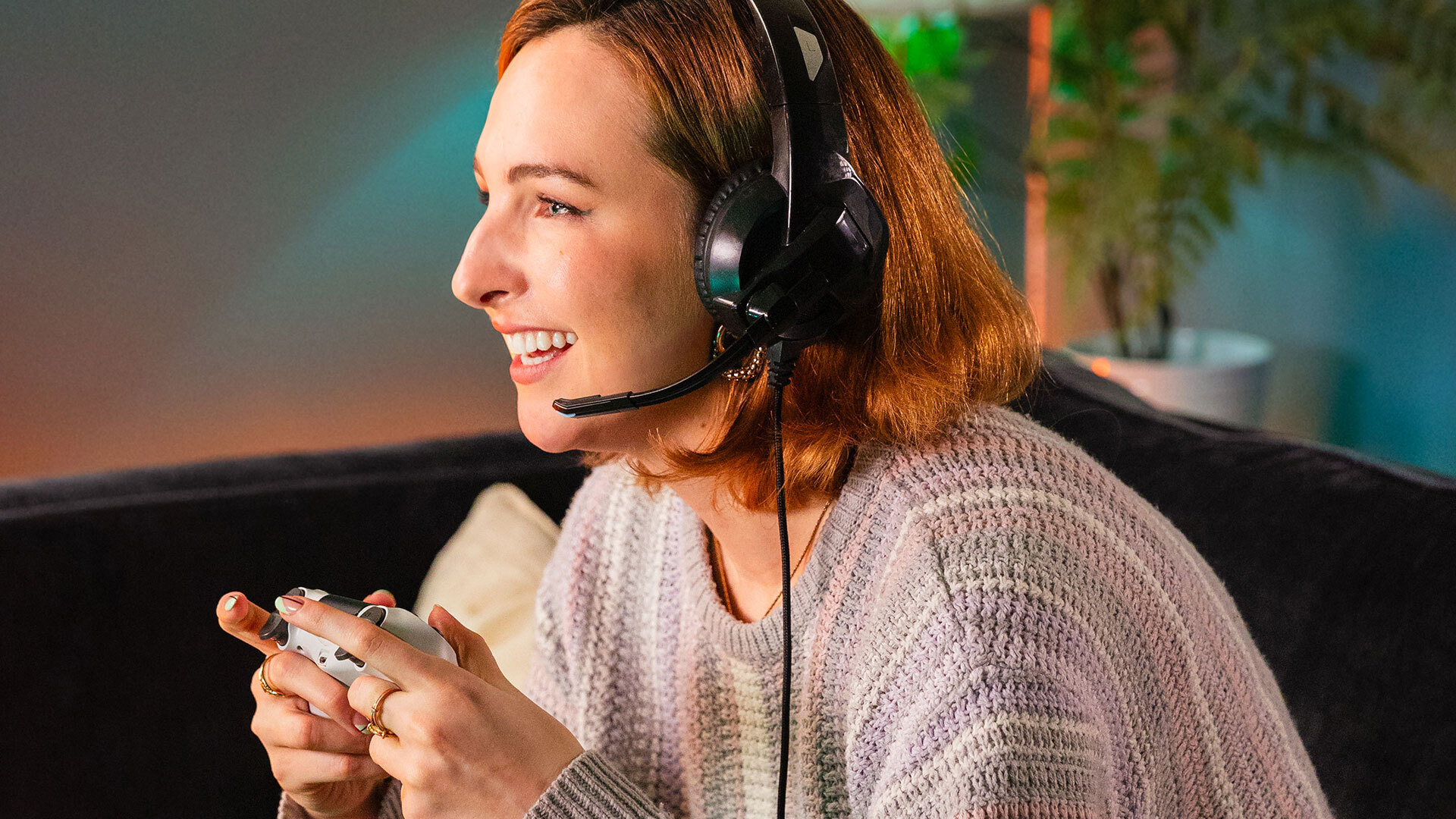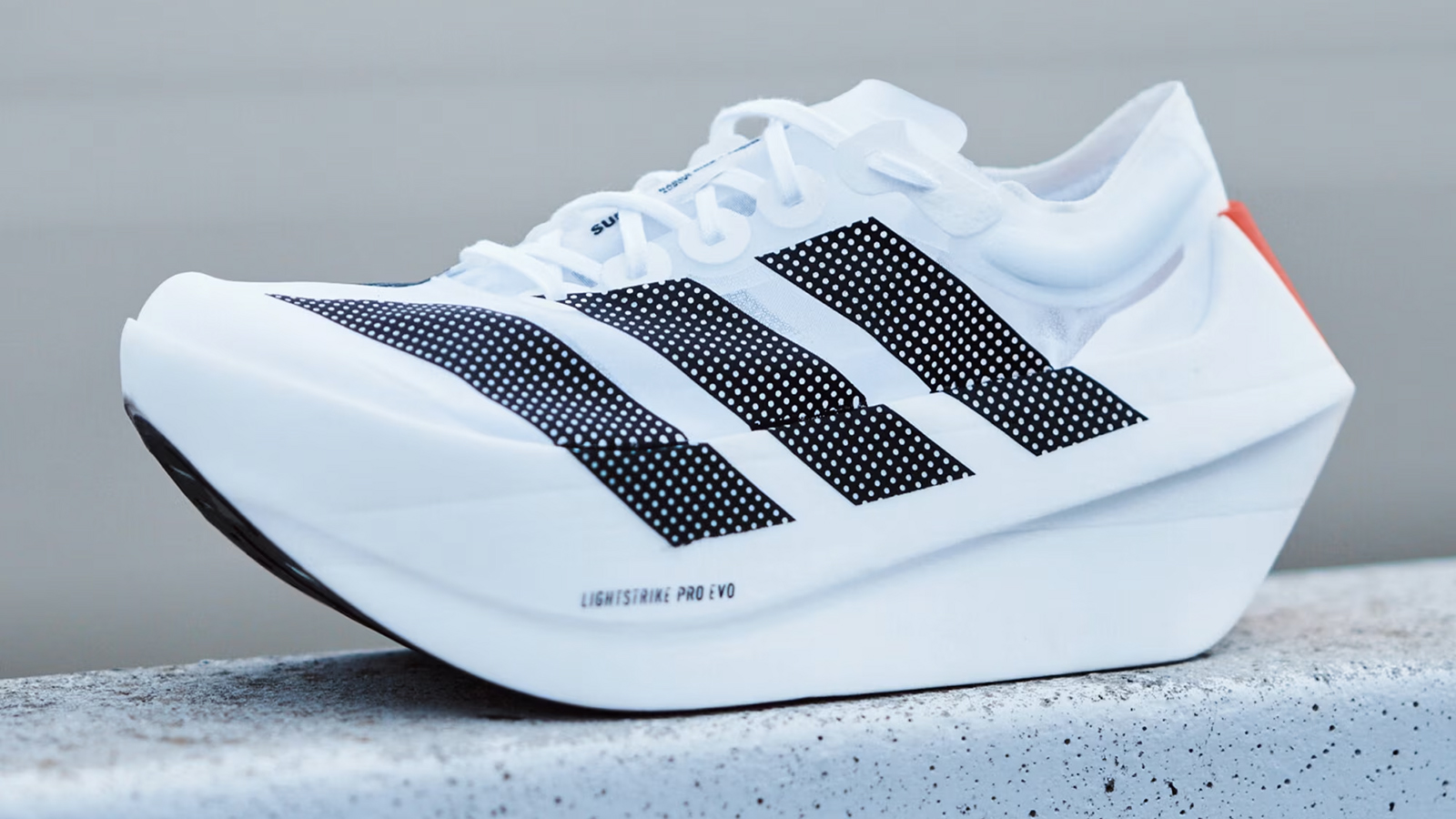We answer your most Googled Broadband Questions
Find out what everyone is asking about internet connectivity

Got a question about your internet connection that you’ve been too scared to ask? Broadband internet can seem an overwhelming subject at first, but broken down into its basics, it all suddenly makes sense. A good internet connection is one that you don’t notice, as it allows you to connect without having to worry about speeds or bandwidth. However, when problems arise, there are often some easy solutions to get you up and running again.
To answer those questions and help solve some of the most common problems, we’ve put together some of the most Googled questions below and had our very own tech experts provide you with the answers. If it’s something you’ve been thinking about, the chances are so have lots of other people.
If you still have questions beyond this, reach out to your broadband provider, who should be able to walk you through anything specific. For now though, here are some very useful answers to keep you going.

What is broadband?
Broadband is the common term in the UK for all home internet services. This covers those provided through your phone line, your cable TV network, mobile data or full fibre services. In other markets, it’s simply known as home internet or specifically fibre internet when talking about full fibre services.
What speed broadband can I get?
Most broadband providers talk in terms of maximum speeds given in megabits per second (Mbps). However, the speed that you can get to your home is dependent on the type of broadband connection you have – or the line that connects you to the nearest junction box.
If you connect through your phone line, your speed will be slower than a full fibre to the premises (FTTP) connection. Old ADSL phone lines were limited to around 8Mbps, while newer lines (ADSL2) can deliver up to 24Mbps. If your local junction box has been upgraded, you may have a part-fibre connection via your phone line, delivering up to 76Mbps.
To get faster than this, you will need a dedicated full-fibre connection to your phone. This runs separately from your phone line and has a different connector to your router. With a full-fibre connection, you can have anything up to 10Gbps (gigabits per second), depending on your provider and the package you choose. One of the fastest in the UK right now is EE’s 1.6Gbps full fibre connection.

Does my router affect my connection speed?
It absolutely can, for two reasons. In the UK, most broadband providers supply you with a router which includes a modem. The modem part does the talking to the network and ultimately sets the maximum speed you can connect at. While it is possible to use your own modem, there will still be limits imposed by your subscription, so it is unlikely to make a difference. Anything that you plug directly into your router will be taking advantage of the maximum speed on offer.
The other part of the story is your WiFi connection. Any devices that you connect to your router over WiFi will be limited by the maximum WiFi speed of the device itself and the router – both of which are likely to be slower than your maximum connection speed, at least in the case of full fibre. The speed of your connection over WiFi can also be affected by how far you are from the router, how many other devices are connected and any interference caused by other electrical devices or walls in the way.
Mega byte or mega bit?
There’s often confusion around quoted broadband speeds, as these are often quoted as simply ‘meg’. As opposed to the storage on your phone or computer, which is given in megabytes, this refers to megabits. This goes back to the early days of modems, when kilobits per second (Kbps) were the quoted values.
To give you some reference, there are eight bits in a byte, so an 80 megabits per second (Mbps) connection is able to download 8 megabytes per second (MB/s). This is largely irrelevant as no providers use megabytes for connection speed. However, it’s handy to know if you are downloading large files.
How can I fix my WiFi connection?
When you do suddenly lose the internet connection on your device, it can be extremely frustrating, especially as it might not be clear what the reason is. Is it your internet connection, your WiFi, or the device itself?
Our first suggestion is always to check your router. Most will have a handy light on them to show if your connection is active. EE routers use a handy colour code in their activity light, with a solid aqua blue colour meaning there’s a good connection, with a solid green to show it's connecting. A flashing orange or red light means a problem. If that’s the case, you should first try restarting the router – unplug it from the mains, and from the fibre or phone connection and wait 30 seconds before plugging it all back in.
If the router is working, then the problem could be your WiFi connection. Restarting the router may still solve the problem, so it should be an option, but it’s also worth checking other factors. If it’s a mobile device, try taking it into a different location to see if it’s a signal issue. WiFi extenders, such as the EE Smart WiFi Pro extender, can help boost your signal to cover more of your home, using a Mesh network.
Other issues could be down to your device or the IP address it is using to connect. Try disconnecting the device and forgetting the WiFi connection, then rejoin from scratch. Also, check if you are able to connect using other devices.

What’s the best broadband connection?
As we’ve said above, the best broadband connection depends on your location and the cables going to your home. However, provided you have the best infrastructure in place, one of the fastest consumer connections available in the UK right now is EE’s Full Fibre, which offers up to 1.6Gbps speeds. This comes with the Smart Hub Pro router, which uses WiFi 7 connectivity for your devices, and the Smart WiFi Pro extender to give you complete coverage. Discover more at ee.co.uk
Get all the latest news, reviews, deals and buying guides on gorgeous tech, home and active products from the T3 experts

For 25 years T3 has been the place to go when you need a gadget. From the incredibly useful, to the flat out beautiful T3 has covered it all. We're here to make your life better by bringing you the latest news, reviewing the products you want to buy and hunting for the best deals. You can follow us on Twitter, Facebook and Instagram. We also have a monthly magazine which you can buy in newsagents or subscribe to online – print and digital versions available.
-
 3 of the most common broadband fails – and how to fix them
3 of the most common broadband fails – and how to fix themNever get caught short again
-
 Fix festive lag: how to avoid tech troubles this Christmas
Fix festive lag: how to avoid tech troubles this ChristmasHosting many bodies and devices just got easier with EE
-
 Pictures of an EE router surface with a new design and WiFi 7
Pictures of an EE router surface with a new design and WiFi 7Expected to be a mid-tier device, the new router looks smaller than past models
-
 Tech and nature can go hand in hand thanks to these clever gadgets
Tech and nature can go hand in hand thanks to these clever gadgetsUse the latest tech to unlock the natural world and make yourself smarter, too
-
 Want to level up your gaming? These are the best consoles and games for every type of player
Want to level up your gaming? These are the best consoles and games for every type of playerChoose your next gaming adventure with this handy guide
-
 EE rolls out 5G upgrades for even more Brits to enjoy
EE rolls out 5G upgrades for even more Brits to enjoyEE expands its standalone 5G network to additional towns and cities in the UK
-
 EE Wi-Fi 7 router leaks again with more images
EE Wi-Fi 7 router leaks again with more imagesWe've learnt more about EE's Smart Hub Pro which will deliver faster home Wi-Fi for gaming and video
-
 EE Smart Hub Plus wireless router review: a smarter way to manage home internet
EE Smart Hub Plus wireless router review: a smarter way to manage home internetEE’s flagship hub provides great coverage through the home and manage your connections


